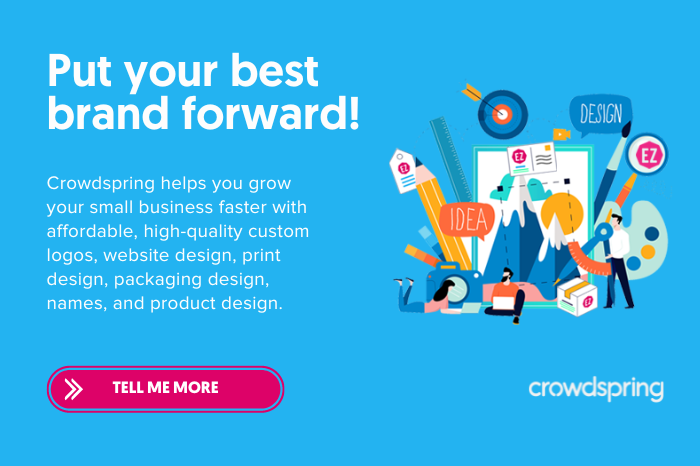
You’ve developed an amazing SaaS product ready to disrupt the market. But now comes the million-dollar question: How do you price it?
Getting your pricing model right isn’t just about crunching numbers—it’s about aligning your product’s value with your customers’ willingness to pay. In this guide, we’ll examine ten popular SaaS pricing models, breaking down the pros and cons of each to help you find the perfect fit for your business.
1. Flat-Rate Pricing
Offer a single product with a set of features at one fixed price.
Think of it as the “all-you-can-eat buffet” of pricing models. For example, Basecamp, a project management tool we love and use at crowdspring, charges a flat $99 monthly for unlimited projects and users. This simplicity makes it easy to communicate and predict revenue. However, it might limit your ability to cater to different user needs and reduce opportunities for upselling.
2. Tiered Pricing
Provide multiple packages at varying price points, each with its own features.
It’s like choosing between economy, business, and first class on a flight. HubSpot employs this model to cater to a range of customers—from startups to large enterprises. Tiered pricing is excellent for targeting different customer segments and offers clear upgrade paths. Just be cautious not to overwhelm potential customers with too many options.
3. Usage-Based Pricing
Charge customers based on how much they use the product.
Also known as “pay-as-you-go,” this model is similar to utility bills—you pay for what you consume. Twilio, for instance, charges users per text message or call minute. This approach lowers the barrier to entry and scales with customer usage, but it can result in unpredictable revenue and heavy reliance on customer growth.
4. Per-User Pricing
Charge based on the number of users accessing the product.
This simple and straightforward model is popular among SaaS companies. Asana uses per-user pricing, increasing costs as more team members join. While this makes revenue projections easier, escalating costs might discourage companies from adding more users.
5. Per Active User Pricing
Like per-user pricing, it charges only for users who actively use the product.
Slack is a prime example here, billing organizations only for active team members each month. This model is attractive to larger businesses with fluctuating user activity but may not be as beneficial for smaller teams.
6. Per Feature Pricing
Price varies based on the features and functionalities a customer chooses.
It’s like building your own sandwich—you pay more for extra toppings. QuickBooks offers different pricing tiers based on available features. This model encourages customers to upgrade for advanced functionalities but requires a delicate balance to avoid alienating those who feel essential features are locked behind higher-priced tiers.
7. Freemium
Offer a free basic version of your product, with the option to upgrade to a paid version for advanced features.
MailChimp allows users to send emails to a limited number of subscribers for free. Freemium models are excellent for attracting a large user base and generating leads but can lead to high support costs and challenges in converting free users to paying customers.
8. Volume Pricing
The price per unit decreases as the quantity purchased increases.
It’s the Costco model—the more you buy, the less you pay per item. A SaaS company might charge $10 per user for up to 10 users but reduce the rate to $8 per user for 11–50 users. This incentivizes larger purchases and can boost overall revenue.
9. Feature Bundle Pricing
Bundle multiple features or services together at a discounted rate.
Adobe Creative Cloud offers access to a suite of creative apps at a combined price lower than purchasing each app individually. This model promotes broader use of your product offerings but requires careful packaging to ensure customers perceive real value.
10. Role-Based Pricing
Charge different prices based on the user’s role within an organization.
An HR software platform might charge more for administrator accounts than standard employee accounts. This aligns pricing with the value different users receive, but if not communicated clearly, it can complicate billing and confuse customers.
Choosing the right pricing model isn’t just a financial decision—it’s a strategic one that affects how customers perceive and interact with your product.
By understanding the nuances of each pricing strategy, you can tailor a model that resonates with your target audience and supports your business goals. Remember, it’s okay to experiment and adjust your pricing as you learn more about your customers’ needs and behaviors.
Share this content:

